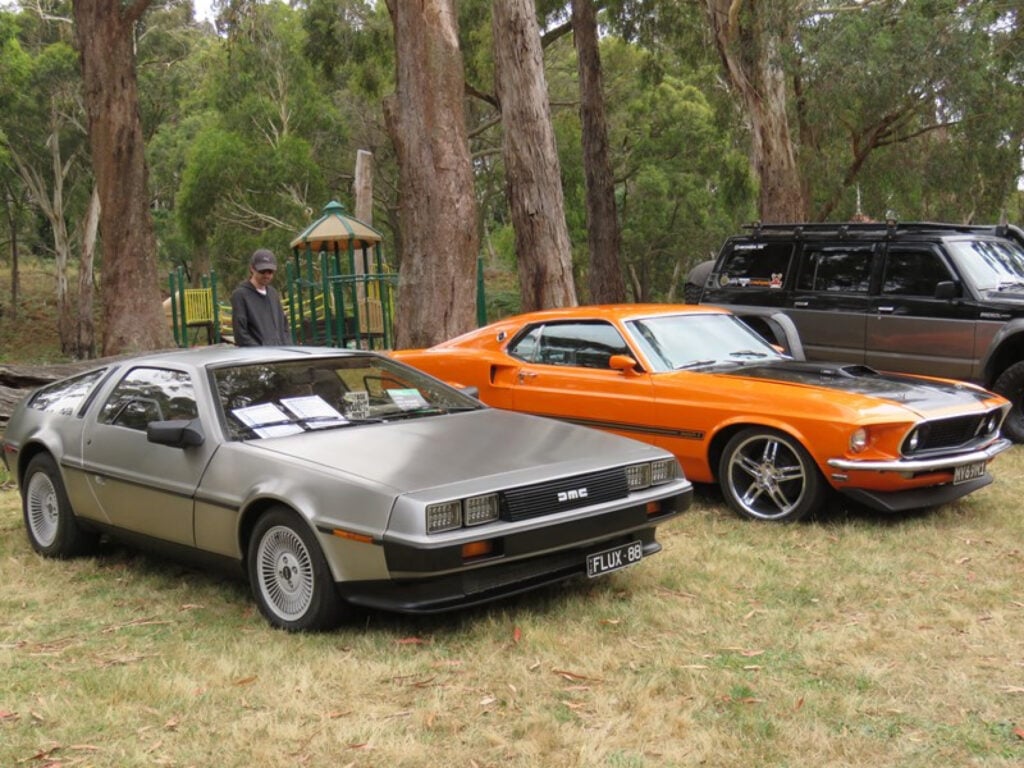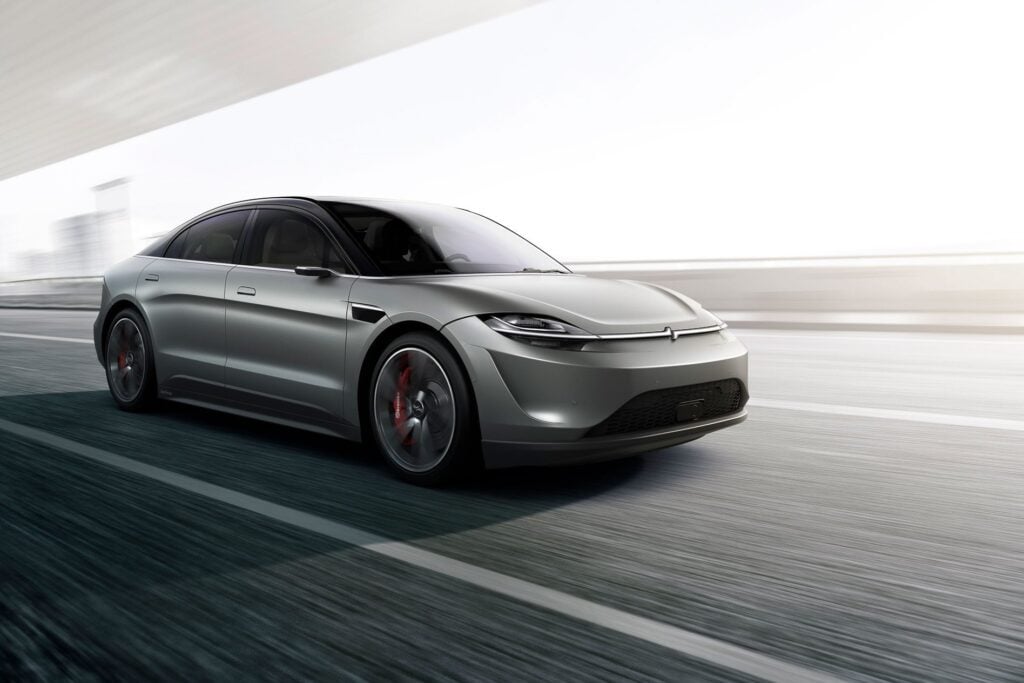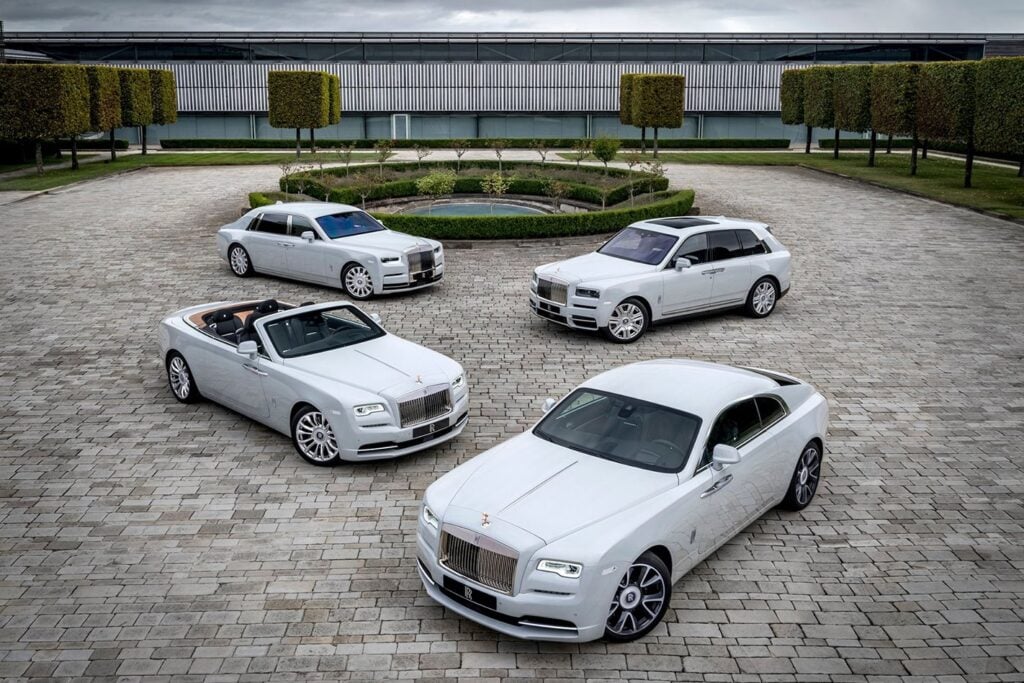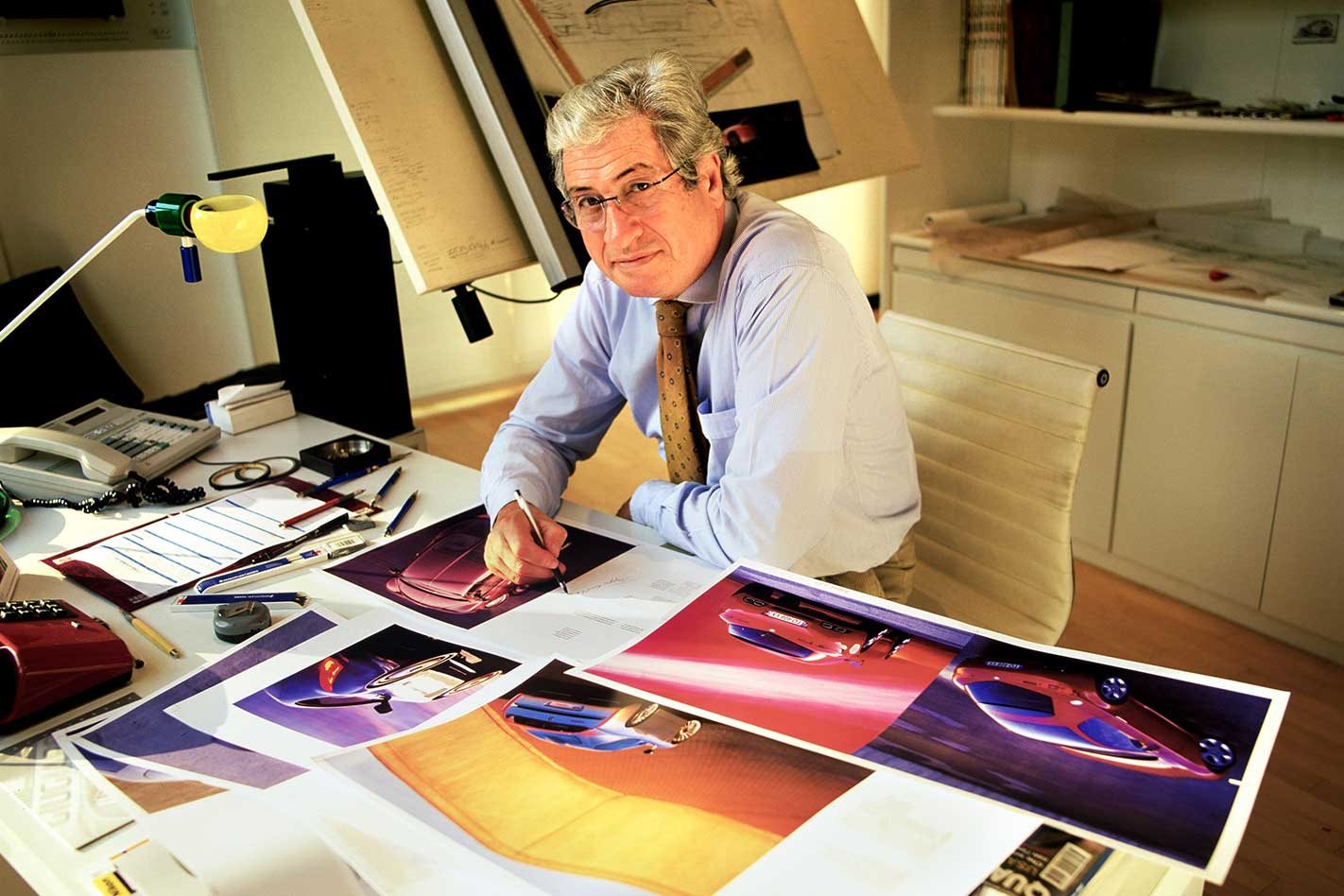
From the exotic to the mundane and downright bizarre, of the superabundance of car designs realized between the 1960s and now one pen stands out distinctly from the rest: Giorgetto Giugiaro. It’s an appropriately exotic name for a prolific man who radically rethought the external forms of a car, the way we enter and exit a vehicle and how we sit and drive.
Famous Giugiaro cars include the steel DeLorean DMC-12 mythologized in the Back to the Future movie and the Lotus Esprit S1 which morphed into a submarine in Bond’s Spy Who Loved Me. Long lean nose, slab sides, crisp edges, endless spans of top-hinged glass and always a hint of the space age, Giugiaro introduced an aesthetic often referred to as ‘polygonal folded paper’ design that has informed car design since the 1960s.

Equally important, though less obvious, were his interiors. Giugiaro introduced radical packaging concepts like top-opening windscreen doors, the idea of people movers and three-across front seating with the driver in the center. For a designer whose cars often provokes extreme responses, Giugiaro once said, “beauty comes down to mathematics. When designing a car you don’t start from emotions”. This is the story of the man named “Car Designer of the Century” by a panel of his peers in 1999.
Giugiaro was born in Piedmont, northern Italy, to a family of painters and artisans. His school artwork, which included car renderings, won him a job at the Fiat Concept centre, and then he was offered a position at the Bertone design studio. In a 2015 interview, the designer recounts how his career as a designer, rather than an artist, was fated.
“After four years (at Fiat)” he said, “I thought ‘I want to become an artist again’. I realized after years of being a mason within a crowd it would take years to become the architect”. But he also wanted money for a new set of skis, so when Nuccio Bertone met him at the 1959 Turin Motor Show and asked him to sketch a real car, Giugiaro obliged.
Drafted into National Service, Giugiaro drew at night for Bertone, working on what was to be the simple, beautifully balanced Alfa Romeo GT1300. At age 25 he designed the first Mazda, the familia van with similarly direct, well-proportioned lines to the Alfa but he also penned the sleek Iso Grifo with what became signature long, lean proportions. Giugiaro admired the way sharks and cheetahs “transform the concept of aggressiveness into harmony and speed”. First the Iso Grifo, then with his Maserati Ghibli and the DeTomaso Mangusta designs for design house Ghia, Giugiaro showed low slung, shark-nosed sports cars with gill-like detailing and lines that appeared cut with a palette knife. By the late 1960s Giugiaro had founded his own design house, Itadesign, and his shark shape had abstracted into a wedge that redefined the look of supercars in the 1970s and beyond.
Giugiaro’s “take no prisoners” hard-edged wedge aesthetic is known as his folded paper era. His detailing and packaging were no less futuristic than his forms: the 1968 Bizzarrini Manta concept sat the driver in the middle and a passenger either side, the 1970 Porsche Tapiro concept supports four gull wing doors off a central spine (similar to the upcoming Tesla ModelX SUV). The spectacular Maserati Boomerang concept pioneered a steering wheel integrated into an extruded console that sat in a formidable origami-like steel body with vast passenger “glasshouse”. Bonham’s European Auction House described it as “the first car of its time to create such a strong, angular style statement… considered by many to be one of the most remarkable designs of the 20th century”.
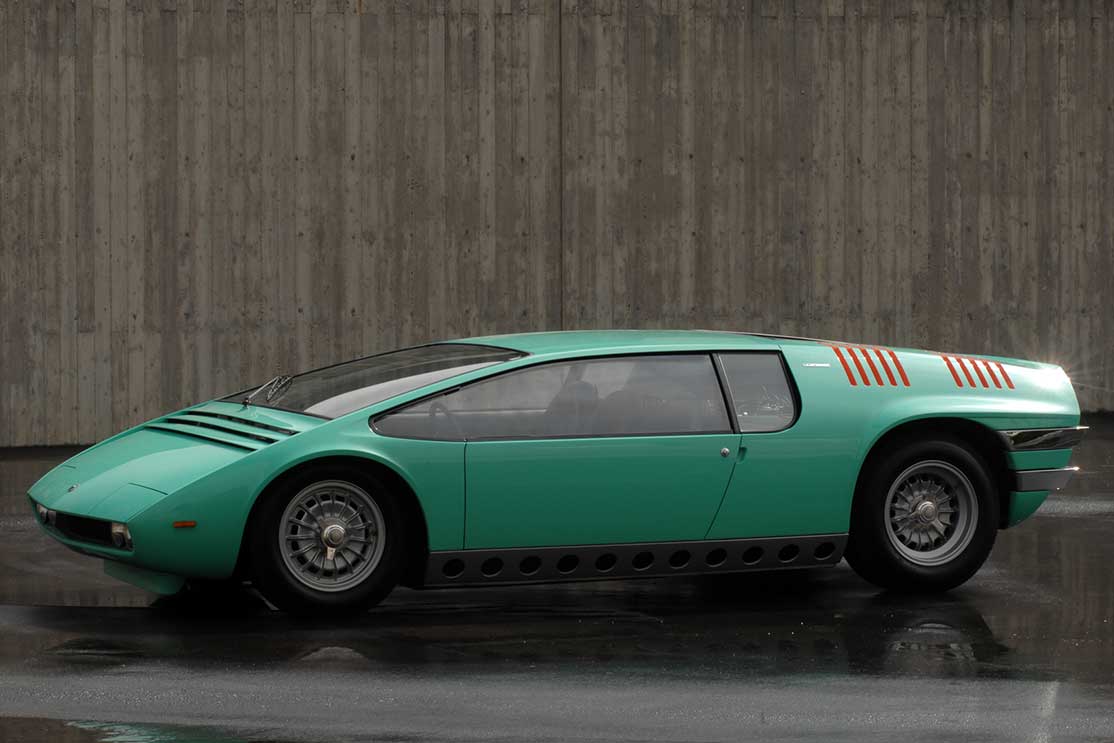
The Lotus, DeLorean, BMW M1 famously painted by Andy Warhol, and the hard lines of the Boomerang also translated to more utilitarian designs including a series of mid-70s train-blazing multi-purpose vehicles which showed the ability of “mini vans” way before other companies made them reality. This also influenced one of Giugiaro’s most poignant designs, the original VW Golf.
As an unparalleled risk taker interested in pushing technical limits, it was inevitable that some of Giugiaro’s creations would fizzle but then other concept proved functionally viable and stylistically futuristic. He designed skateboard chassis years before Ford, and cuboid city cars decades before the Kia Soul.
“I don’t look for decorative justifications,” Giugiaro said in an interview in 2012. “Form should be honest. I try to remove the superfluous and be harmonious; I strive for harmony in complexity. I know that I have to decorate the product, give it a characteristic and an emotion, so that it is not rejected by the market.” As for the professional marketers he said, “The consumer’s decision to buy is often instinctive, subliminal. I am not convinced that an aspiring wizard just out of school should dictate the dialogue”.
Part of a Giugiaro car’s appeal is its attendance to interior function. Many cars are a result of an external design team barely interacting with a separate team designing the interior fixtures and fittings. Giugiaro considers the car in its entirety so that the exterior reflects the comfort, functionality, visibility and space of the interior. His criticism of cars with rounded lines is the loss of space those curves represent. “Square lines and flat surfaces allow designers to use the inner room the best, both for passengers, mechanics and luggage”.
This year Giugiaro handed Italdesign over to Lamborghini Holding S.p.A, part of the Volkswagen Group. The designer is now officially retired but also works exclusively with the twelve brands in the Volkswagen Audi Group. At his estimation, Honda is the only major car manufacturer he has not worked with in his conjuring and crafting of more than 200 vehicles. In a nod to the future and recognition of his incredible design legacy the designer even has his own app on iTunes: the Giugiaro Timeline.

